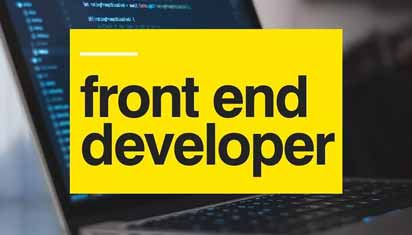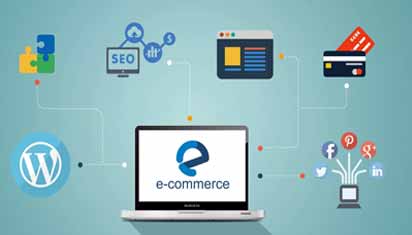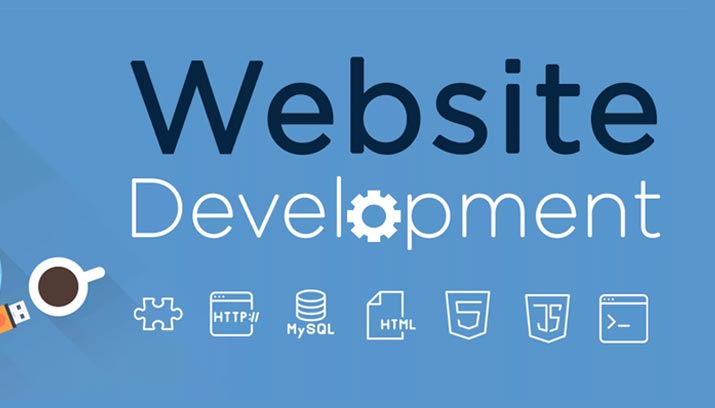What is Web Development & How Does It Work?
When a client asks a developer to build a website, they usually have several different questions. These questions usually fall under one of three categories: Front-end development, Back-end development, or e-commerce development. Let’s take a closer look at each one. To get started, let’s define what each of these terms means. If you’re not sure, watch this video to learn more about each of these terms.
Front-end development

Learning to become a front-end developer is a great way to learn about the many benefits of web development. This field is growing and can allow you to work from home while pursuing a rewarding career. It is also an excellent choice for people who enjoy problem-solving and creativity. In addition, front-end development is a constantly-evolving field and rewards people who take initiative to learn new technologies. In addition, you’ll need to know HTML, CSS, and JavaScript, as these are the tools that determine how a page looks and functions.
During the front-end development process, web designers make sure the website looks great and functions well. They think about the user experience while implementing their designs. This helps them make changes and enhance quality. A front-end developer applies their talents to the parts of the website that users interact with, such as the navigation bar and the main navigation bar. These parts are what make your site unique. To get started, you can learn the basics of front-end development and the different roles this role takes on, Navigate to this website.
E-commerce development

While most people think of e-commerce development as web design, it actually refers to an entirely different type of web development. E-commerce development is done using a platform similar to a marketplace. An e-commerce site is very similar to a traditional store in a mall. Visitors are attracted to an eCommerce site because of the well-organized window displays and products. However, if a store is disorganized and poorly displayed, customers are unlikely to spend any time there. E-commerce websites have some unique features that need to be considered, as well as adequate server resources.
The e-commerce part of website development is relatively straightforward. It involves implementing a content management system and integrating back-end development. Other services that a web developer might provide include hosting and maintenance, and they may even help migrate an existing site to a CMS platform. If you need e-commerce web development, NFlow can help. We specialize in building easy-to-use, reliable e-commerce solutions for a variety of websites and platforms.
Back-End Development
Back-end developers use various database tools, server-side languages, and other software to manage data and create user-interactive code. They also work closely with the business owners and create clean, well-documented code. Back-end developers use server-side languages to access data from the database and present it to the front-end. For example, an online store can store credit card information and other user-provided information.
Back-end developers work alongside other front-end developers, product managers, principal architects, website testers, and others. They use various frameworks, tools, and languages such as Python and Java to build their websites. Regardless of their technical skill, they must be knowledgeable about server-side languages and frameworks to ensure that their web applications run fast and correctly. Fortunately, the vast majority of employers look for a developer who has experience with a combination of languages and skills.

